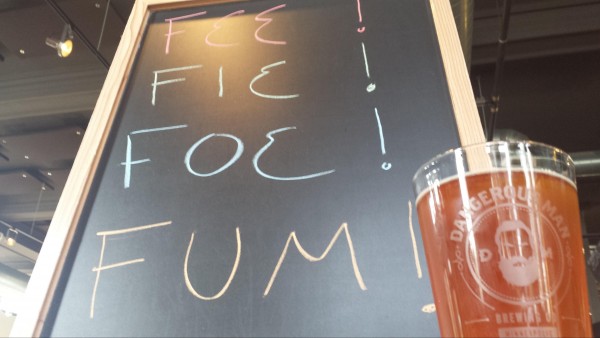
ESB’s, an acronym for “extra special bitter” or “extra strong bitter,” is part of the Pale Ale category of beer that originaly derived from the United Kingdom. For as much as people claim the UK and English-styles of beer a convaluted, it seems that they are primarily based on local jargon and alcohol content relative to beer. The ESB-style is significantly different in the United States than it is in the UK, and this is primarily due to different beer serving practices that have come about historically.
ESB’s are a pale ale with a few crystal malts for copper-ish color and sturdy, yet understated bitterness. They feature an English yeast strain that produces flowery and perfume-like esters and typically English hops, though American hops are often supplimented. The designation of ESB over Pale Ale is generally given by the serving method — ESB’s are often cask-served and considered to be Real Ale, an important designation in the UK, while Pale Ales are bottled.
Real Ale is a term coined by CAMRA (Campaign for Real Ale), a group that advocates for cask and bottle conditioned beer in the UK. There is a long tradition of cask ales in the UK (as this was the only way to drink carbonated beer before co2 tanks), which often helped define beer styles we know now and produce methods such as dry hopping. Often casks were filled with beer just shy of finished fermentation or with beer needing sugar additions, that would carbonate in the cask itself. It was sent immediately off to the publican who would take care of the beer until it was ready to be served.
These traditions started taking a back seat after WWII with the sudden influx of lager and pilsners. CAMRA began to actively campaign for casks to make their way back into bars and continue the UKs strong tradition of brewing and drinking beer. ESB’s are a style that have gotten stronger from this tradition, and are very typical over in the UK.













